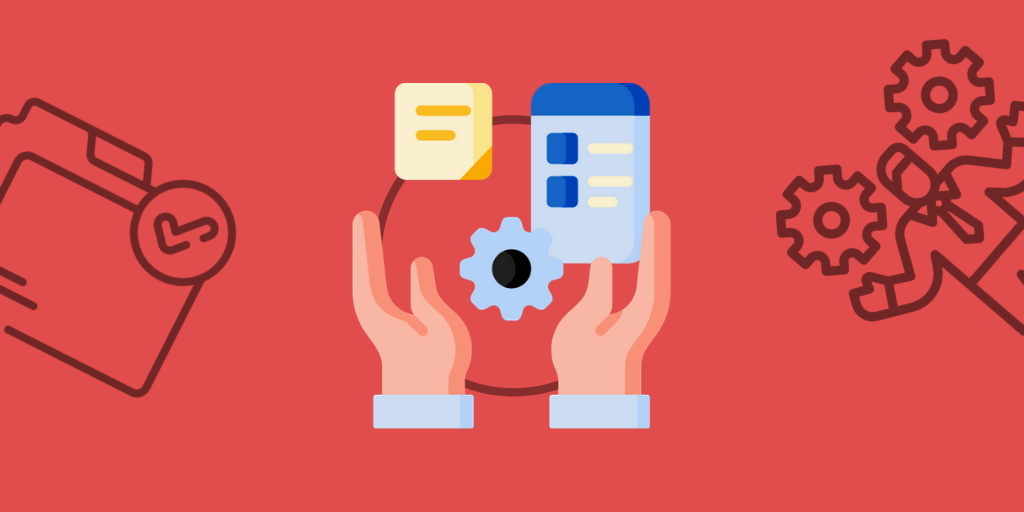Online shopping, social media-based browsing, and the fight for SEO – in recent years, conventional print-based marketing has given way to online alternatives. Accordingly, companies must innovate in order to create and manage new marketing materials.
Digital marketing campaigns have responded to this shift in consumer habits, but it’s certainly keeping marketing teams on their feet. Managing marketing resources across all of these different platforms and handling this huge bank of assets is undoubtedly tricky.
With marketing resource management software, you can successfully leverage your marketing efforts and help your teams assets in a more efficient way, bringing your organization the best possible end result.
What is marketing resources management (MRM)?
Marketing resource management is the practice of collecting, organizing and storing marketing resources. MRM should take place on a company-wide scale; your entire marketing team should be familiar with your strategy.
Managing your body of marketing assets is essential if you want to ensure their correct and optimal usage.
What is a marketing resource?
The term “marketing resource” covers any asset that can be used by a company for its marketing efforts. Marketing resources are physical materials, website copy, blog posts, digital assets and branded assets. In essence, a marketing resource is any asset that features your company’s branding, visuals, tone of voice, or imagery.
Supercharge your marketing reviews
Share, review, and approve all your content in one place with Filestage.
What is MRM software?
MRM software is designed to make it easier to create sophisticated, intelligent marketing campaigns. MRM tools simplify the following processes:
- Creating new brand assets
- Planning
- Budgeting
- Marketing project management
- Managing content including multi-platform marketing campaigns
- Monitoring the progress of a campaign (both at the smaller scale of the creation of new individual marketing resources and the larger scale of campaign management)
- Measuring digital analytics
- Tracking the impact of a marketing campaign
- Managing content workflows
- Facilitating collaboration
- Ensuring brand management – ensuring brand compliance across your marketing content
The above is just a small snapshot of the capabilities of marketing resource management (MRM) software. These marketing resource management tools can be tailored to best suit the exact requirements of your company’s unique marketing operations.
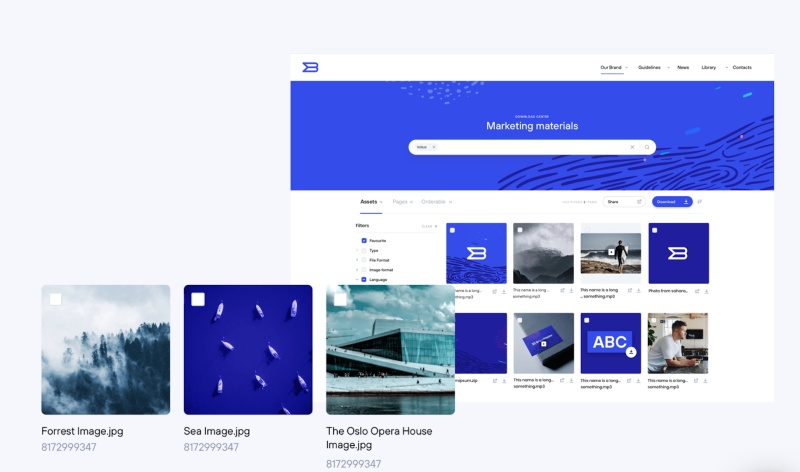
Source: BrandMaster
The benefits of marketing resource strategies include ensuring that your marketing resources are used effectively, saving your company significant costs in the long-run.
Brand consistency and compliance are cornerstones of successful company marketing, and utilizing well-managed marketing resources is the best way to achieve this goal.
Furthermore, in terms of your marketing operation itself, the advantages of implementing MRM software into your processes include achieving increased efficiency and productivity, streamlining workflows, improving collaboration on marketing projects (both internally and externally), and saving the company time.
What does marketing resource management software provide?
At this stage, you may be wondering, “Why can’t I just try and achieve these benefits on my own, without new software?”
The short answer to this common query is that today’s marketing world is just too complicated. If your marketing strategies are as expansive and detailed as they should be, with outreach across a variety of different platforms, effective management is a monumental task.
We’re talking about the planning, storing, monitoring, management, tracking, and correct usage of hundreds, potentially thousands, of marketing assets.
MRM software not only makes this process infinitely easier, it also provides you with a multitude of different marketing tools.
The tools that MRM software solutions offer marketers includes:
- Digital Asset Management software – including the capability to store, share and access your digital assets
- Marketing planners and calendars
- Integrated marketing software for uploading your content across multiple platforms
- Secure, cloud-based storage
- A clear and easily accessible network of folders
- Templates for your branded marketing assets that your team can use to create new content in a consistent fashion
- A centralized, all-in-one online platform
- Online display advertising software
These are just some of the tools that MRM software can offer your company; features vary among MRM software providers. Below, we provide you with more details about the MRM software options at the top of the market.
What a process for managing your marketing resources could look like
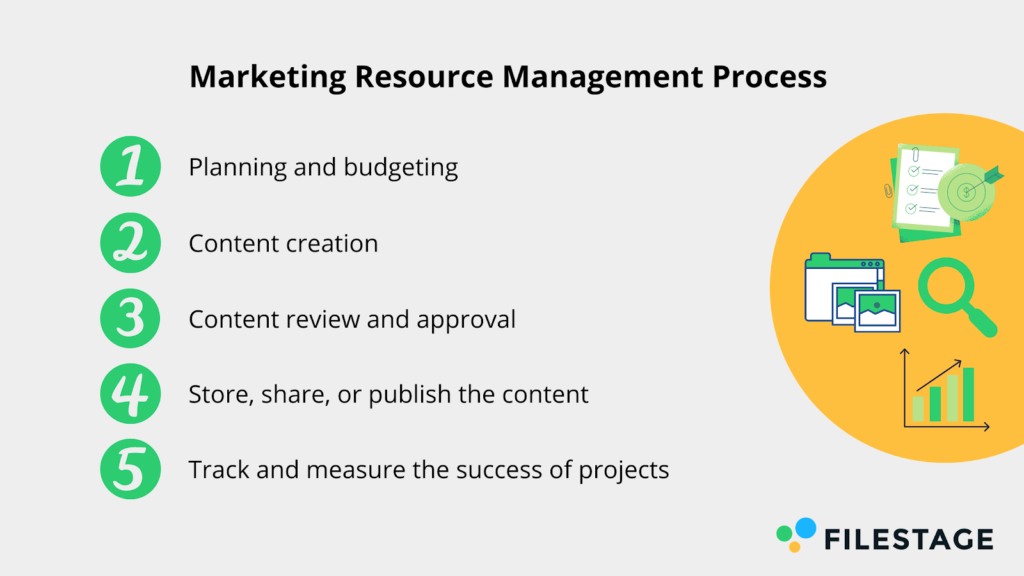
Below, we’ve outlined an example of a typical marketing resource management process. This process can always be adjusted to best suit your marketing team.
1. Planning and budgeting
Before delving into your archives or creating any new marketing content, first outline your marketing operations strategy. The first step of any marketing resource management strategy means working with your marketing team to create a media plan.
This plan should detail what assets will be used, any new marketing resources required and how they will be used, and how you want to allocate resources. This should also include details of strategies and the end goal that you are hoping to achieve through these marketing efforts. This plan should cover a set period of time, whether for the next quarter or the entire year.
2. Content creation
Consult your new media plan, and identify any gaps in your current bank of assets. List the marketing materials that need to be updated or created from scratch for this plan to succeed. Then, create the content you need for your upcoming projects.
Content can then be uploaded to your online, cloud-based storage provider. All content should be stored in clearly identified folders that indicate that these assets are the newest or most updated versions.
3. Content review and approval
Implementing a strong and consistent content review and approval process is a key step in the creation of your marketing resources. Content governance ensures that your marketing materials are always of the highest quality and that each digital asset is in line with your all-important brand guidelines.
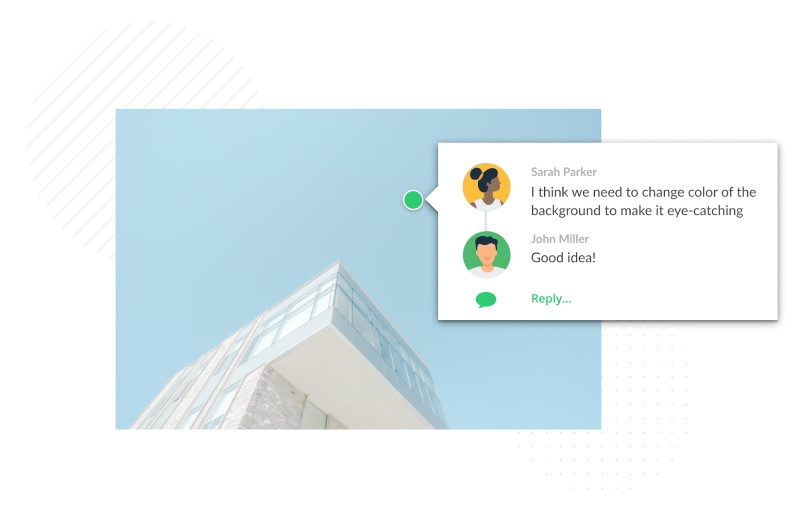
Filestage simplifies the review and approval process by enabling users to leave and discuss feedback directly on the file. Once everyone is happy with the content, the file can be formally assigned with just one click.
Filestage’s centralized platform offers an efficient way of providing and accessing feedback while reducing errors, making real-time collaboration easy, and ensuring that compliance guides are met.
4. Store, share, or publish the content
Once the new piece of marketing content has been reviewed, amended, and approved, it is ready to be shared across your marketing and communication channels. Finalized content can be uploaded to the cloud-based storage system in the relevant folder.
Or, depending on your marketing strategy plan, content can be immediately shared or published via the selected channel(s). This could involve updating your website copy, publishing a social media post, sending an email campaign, or kick-starting your latest piece of marketing in the required fashion.
5. Track and measure the success of projects
Just because the asset has been published does not mean that your work is done. A vital part of your management process is tracking these projects in order to measure the success of each campaign.
You can use digital analytics to assist with project management too – these tools can help you gauge whether or not your marketing operations achieved the desired outcomes. If not, then you can consider how to improve your marketing strategy moving forward.
Overview of the 17 best marketing resource management tools
You may be wondering how much this new strategic approach to marketing management could change your current way of working. In reality, MRM is a clear, easy-to-follow process that any business can quickly integrate into its operations.
Thanks to these industry-leading marketing resource management software, implementing a new strategy is not rocket science. Check out our round-up of the top marketing automation tools.
1. Filestage – content review and approval

Filestage is a cloud-based online proofing software that makes collaborative work easier than ever. As you conduct the review and approval process for your marketing and communication channels, this software collects and stores feedback in a far more efficient way. This marketing workflow software enables users to both leave and discuss their feedback in real time, and they can approve them with just one click. Moreover, the tool makes project management easy, giving you a clear overview of the current status of every file.

- One centralized platform for all content reviews
- Makes collaborative work more efficient
- Everyone’s feedback is carefully incorporated
- Reviewers don’t need an account
- Collect marketing analytics about your review process
- Easy workflow management

- Only covers part of an MRM strategy
- No mobile app available yet
- Third-party users might need some instructions before using the platform
2. BrandMaster – manage your branded assets

BrandMaster is a brand asset management platform that offers marketers a wide variety of marketing resource management tools. This web-based resource management software is a great way to maximize your marketing team’s efforts and improve the execution of brand strategy.
Additionally, BrandMaster provides a dedicated Brand HUB, an intuitive digital asset management DAM storage and organizational system.

- Access to pre-designed, branded templates
- Branded shop to sell your company’s goods
- An extensive range of MRM features
- Highly user-friendly

- Does not offer a mobile app
- Using more advanced templates requires some training
3. Brandfolder – store your digital assets
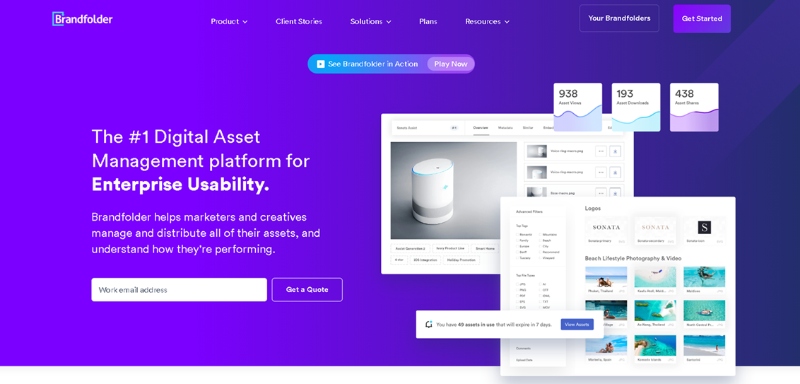
Brandfolder has been rated a reliable digital asset management (DAM) platform in terms of its enterprise usability. In addition to providing an advanced storage solution for your digital marketing assets, Brandfolder is designed to make it easier for marketers to understand how well their marketing activities are performing.

- A rapid and specific search function
- Assets can be shared externally via a simple web link
- A user friendly, ‘no training required’ piece of MRM software
- Highly reviewed by users

- It takes time to create an organized network of folders
- Reports of difficulty using the software for an extensive bank of assets
4. BrandMaker – plan your marketing campaigns

BrandMaker is designed to make the strategic planning of your marketing strategy as efficient as possible. This intuitive marketing resource management software offers everything from a budget planner to a group calendar.
Marketers can use BrandMaker to measure and optimize their marketing performance across the board. Additionally, you can use the tool’s campaign planning aids to assess your data and gauge the success of your latest marketing activities.

- Data-driven campaign planning aids
- Assistance with planning, managing and executing stages
- Manage marketing with a dedicated marketing planner, workflow manager, brand portal and digital asset manager
- Easy for internal users to follow

- A complex tool for external customers or clients
- Reported issues with the search function, particularly its inflexibility
5. Bynder – create on-brand content
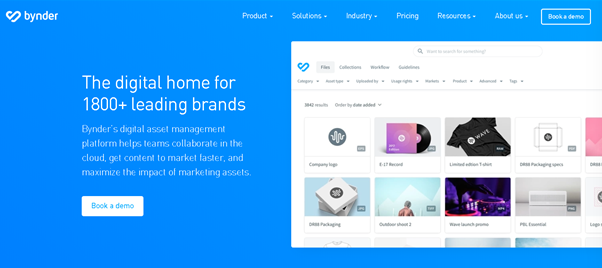
Bynder provides a centralized, online marketing resource management software to boost your marketing performance. Its resource management tools are designed with marketing departments and brand managers in mind. You can manage your digital assets in a streamlined, professional manner via Bynder’s simple file storage option, all on one central cloud-based portal.

- Makes it easy to maintain brand consistency
- Key files are secure and easy to locate
- Collaborate on a project in real-time
- Access your files on the go via a mobile app
- Optional extra add-ons include brand guidelines, a creative workflow, digital brand templates, and a video brand studio

- You may have to pay an extra fee for add-ons to the tool
- Not all content can be fully customized
6. Canto – centralized digital asset storage
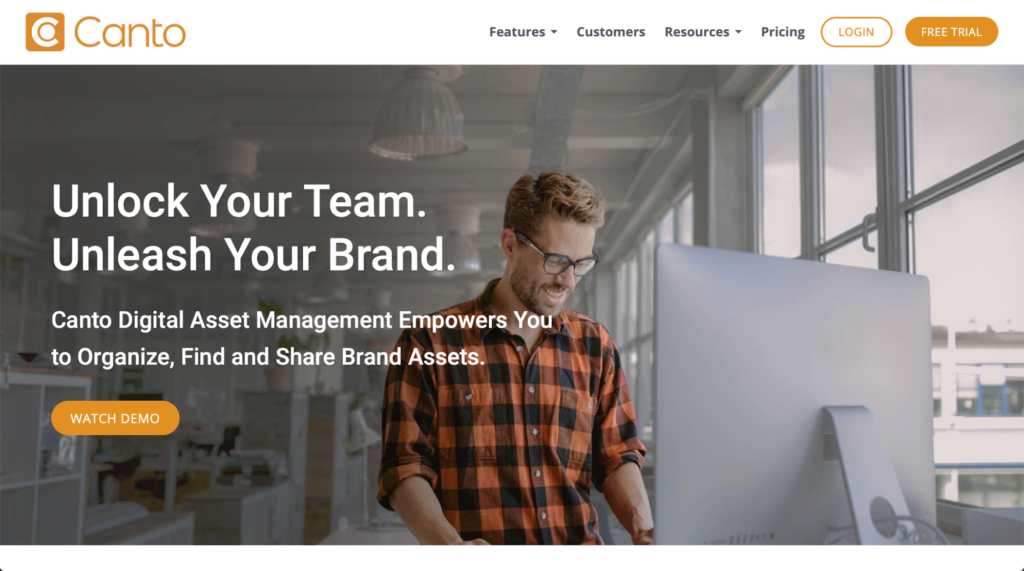
Canto is an intuitive piece of MRM software and is trusted by some of the world’s biggest brands, including the likes of Birkenstock, Godiva and Fairtrade. This centralized online location for file storage represents a highly user-friendly option for marketing teams.

- Easy upload option for digital media
- Intuitive search option
- Smart sharing option for external stakeholders

- Some slowness in terms of asset creation and uploading
- A manual and time-consuming tagging feature
7. Filecamp – media library software
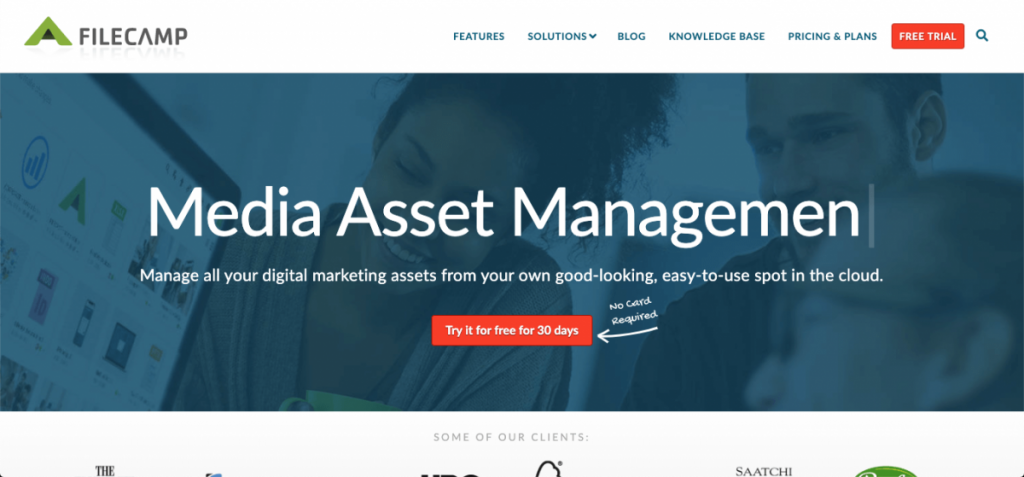
Filecamp is an adept and efficient cloud-based marketing resource management software. This piece of media library software offers a storage location for all manner of file types in one centralized location. The network of files can then be navigated by using tags and the search function.

- Store images, documents, and presentations
- Add tags to files to ensure easy location

- Layout issues have been reported
- The general experience of its mobile application is less efficient
- This software offers very few integrations
8. HubSpot Marketing Hub – email marketing campaigns
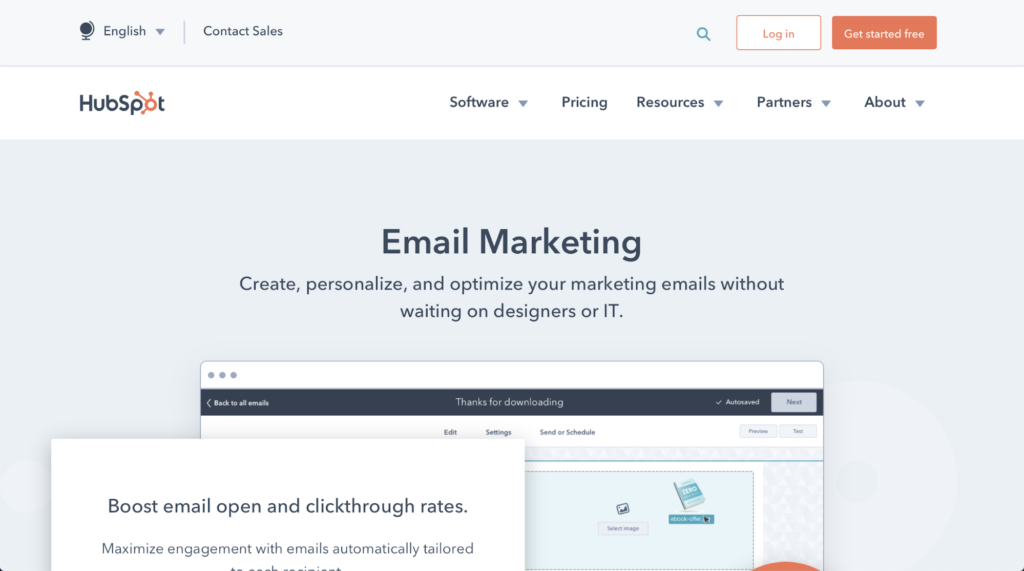
HubSpot is designed to advance email marketing campaigns. Once you’ve launched a new email-based marketing campaign, you can use this strategic planning tool to monitor the success of the campaign. With HubSpot’s management tools on hand, you can improve the ROI achieved by your email campaigns.

- Included analytics
- Management tools designed to boost open and click through rates
- Create personalized and relevant targeted emails

- A significant expense is associated with the different tiers of subscription levels
- It does not offer an e-commerce platform
- A huge and complex knowledge base
9. Intelligencebank – manage your marketing content
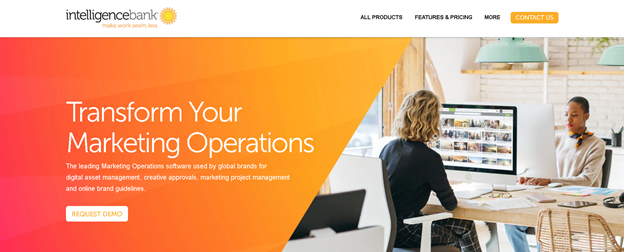
Intelligencebank is a provider of MRM software that streamlines the way in which teams approach their marketing content. In one platform, Intelligencebank provides a fully integrated group of specialist digital asset management software at an enterprise-grade level.

- Time-saving automatic keyword tagger with Artificial Intelligence
- Rapid bulk image upload tools
- Intuitive organizational tools

- Mainly geared towards photographic images
- Images must be exported one by one
10. MarcomCentral – cloud-based marketing asset storage
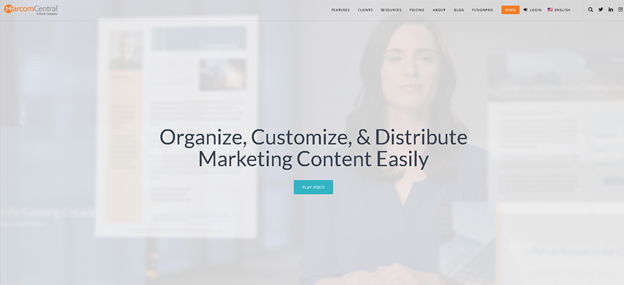
MarcomCentral provides users with a state-of-the art marketing resource management software. It has been trusted by a number of global companies, including the likes of New York Public Library, Subway, Nordstrom and Chevron. What’s more, MarcomCentral is the only cloud-based piece of marketing technology that provides users with a combination of digital asset management, dynamic content customization and sales enablement software in a single platform.

- Facilitates uniform brand consistency across marketing materials
- Simplifies implementing brand guidelines across marketing activities
- Offers a clear format and intuitive layout
- Regularly introduces new features

- The product definition process is time-consuming
- Not the best option for users intending to build an e-commerce site
11. Marmind – collaborative marketing projects

Marmind provides a marketing team with an all-in-one location for the entire process of their marketing campaigns. This marketing resource management software provides assistance with all steps of the process – from the creation of the campaign to the allocation of budgets and even the results of each campaign.

- An all-in-one centralized marketing plan tool
- Designed to make collaboration at all levels easier
- Easy to access and use

- Only available as a web-based option (it cannot be downloaded as a program or application)
- Difficult to decide which solution or tool is required
12. Marvia – create consistently branded content
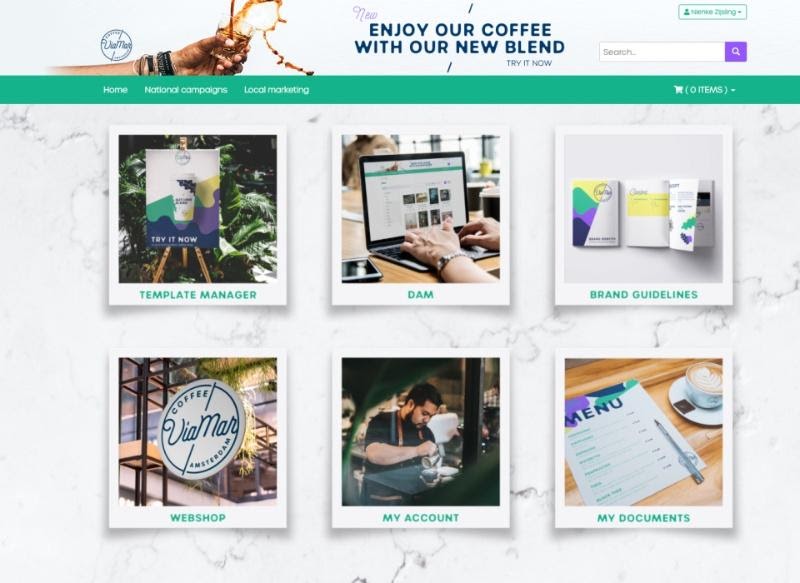
Marvia helps marketing teams position new content in alignment with existing company branding, while ensuring that this customized content is unique and distinctive. It provides specialized, local marketing automation tools alongside brand management software to help you capitalize on the insights that you gain of your company’s local market. Thanks to these regular updates, you can quickly respond to your market with timely and relevant content.

- Specialized, local marketing automation tools
- Immediate updates about any shifts in market demands
- Stylish, trendy pre-made template options

- Difficult to edit or redesign a pre-made template
- The integration of the platform can be difficult to follow
13. OpenAsset – organize assets by project or property
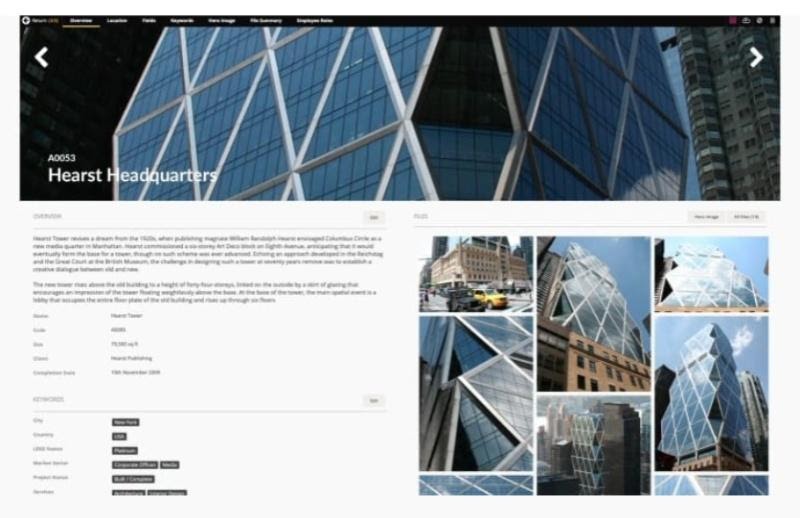
OpenAsset is a marketing resource management software that is specifically designed to assist the operations of firms in the architecture, engineering, construction, real estate and hospitality industries. This resource management software provides users with the ability to organize their branded assets and digital content into groups that make sense for these operations – either by project or by property. These assets can then be found through the OpenAsset map by clicking on the location.

- Digital content organized by project or by property
- Features an OpenAsset map to view assets as real-world locations

- Highly specialized, so may not work for companies in other industries
- The interface can change without prior warning, making it difficult to locate assets
14. Wedia – evolve your online channels
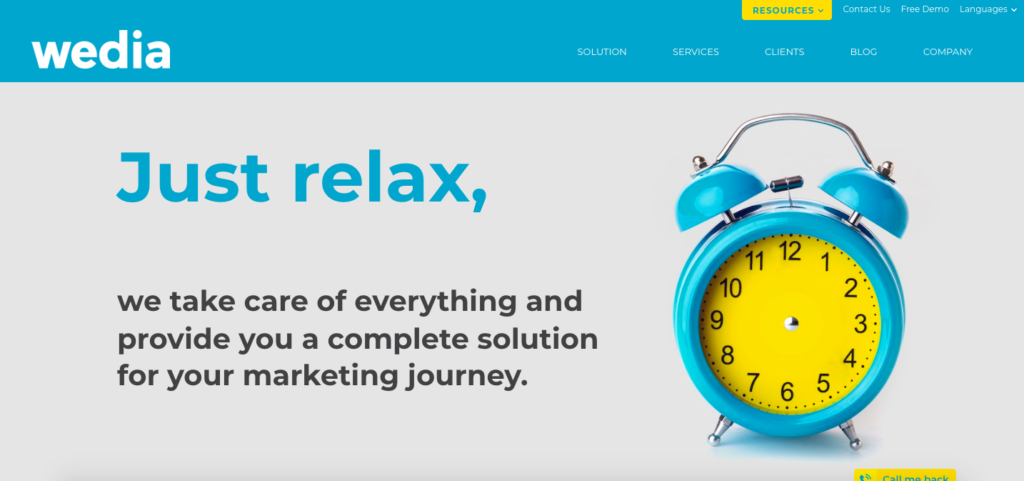
Wedia is an online, cloud-based digital asset management solution that enables marketing teams to manage a huge number of different branded assets. Users of Wedia can create powerful content that is not only consistently on brand but also provides customers with a personalized and engaging experience. Customer feedback is utilized to boost audience engagement levels in a highly intelligent way through this marketing automation tool.

- Create powerful, on-brand content
- Personalize your company’s platforms
- Gather data about a client’s experience of your company’s online offerings
- Use customer data to tailor content production and improve the overall user experience

- The scrolling menu can be tricky to navigate
- Delays or slow processing speed with some actions
15. Wrike – customized marketing management tools
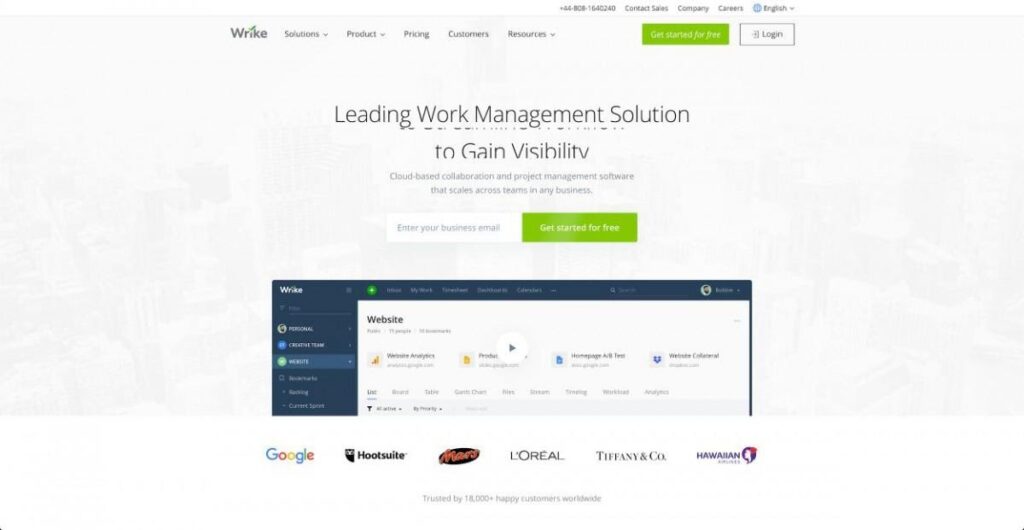
Wrike is a marketing resource management platform designed for teams of 20 people or more. Global giants like Google, AirBnB, Dell and Siemens all use this project management software to maximize their marketing performance.
Wrike is designed to encourage teams to work towards improving the experience of their customers and motivate team members to innovate in efficient ways.

- Wrike’s tools can be completely customized
- Scalable software that grows with an expanding team
- Helps teams to achieve their marketing goals

- Lack of flexibility
- The tool does not offer a task prioritization feature
- Users may require some training
16. Vya – your multi-channel marketing
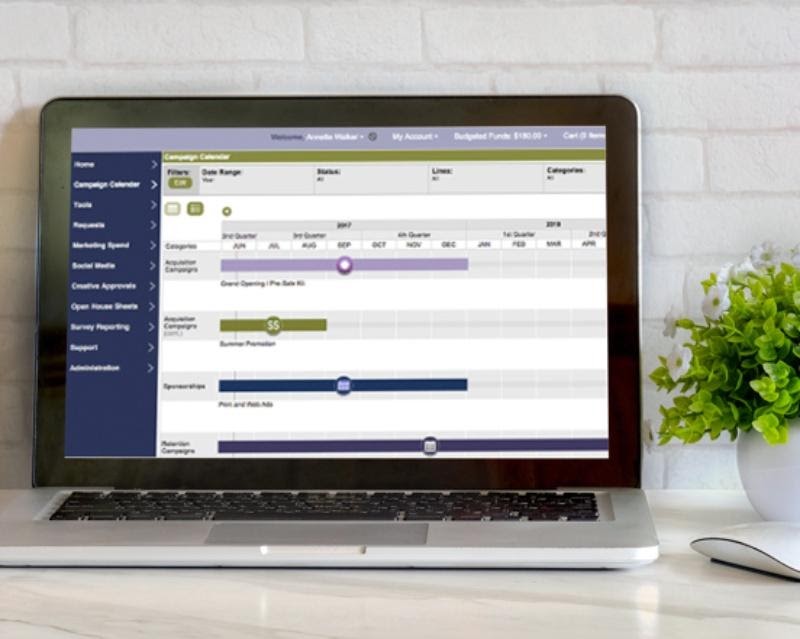
Vya provides assistance with marketing resource management that is designed at a local level. This software makes multi-channel and multi-platform campaigns, both in print and online and covering a wide variety of different mediums, far easier to manage.

- Identify trends and areas to target with your marketing efforts
- Multi-channel and multi-platform marketing management capabilities
- Simplify and streamline your local marketing processes

- Some inflexibility with templates
- Designed to best fit financial planning, manufacturing, insurance and franchising businesses
17. SE Ranking – complete SEO analysis of your website
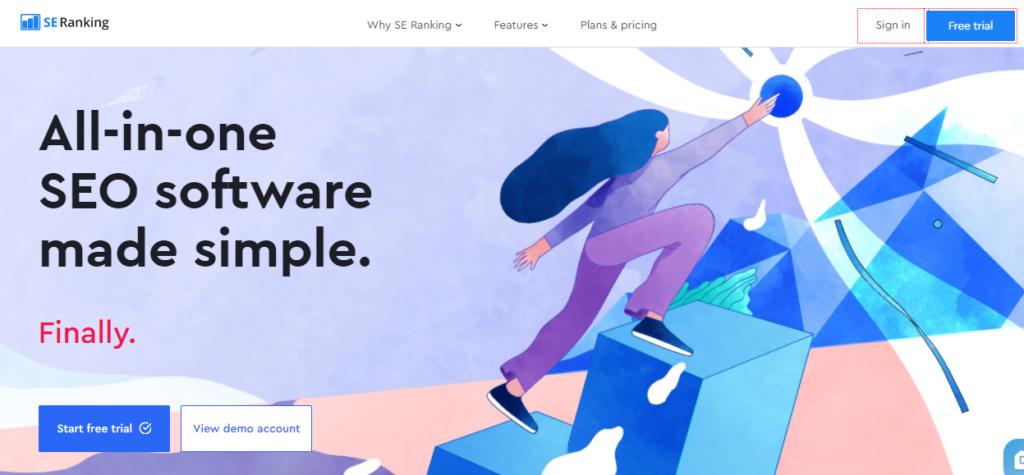
SE Ranking is an all-in-one SEO software that helps to control your SEO rankings, manage different marketing tasks, and drive your marketing machine. The tool provides up-to-date data and information which benefits your clients and digital agencies.
From daily ranking updates to detailed SEO audit and search volume trends, multiple areas are significant for building client strategies, and with SE Ranking you can use this data to increase efficiency and help your clients succeed.

- A lot of great functionalities inside the same platform
- Provide organic and paid data
- Advanced website SEO audit
- Quick and great customer support

- Have to wait at least a day to view rankings
- Tools seem fragmented
How to choose the best marketing resource management software for your team
Now that you’ve read through some of the top pieces of marketing resource management (MRM) software available, you’ve got plenty of fantastic options from which to choose. But, you may be wondering how to narrow these down.
To help you find the right management platform for your business, we recommend following these three simple steps.
Which tasks and processes should the tool support and simplify?
Ask yourself which areas and processes of your marketing operations are the ones that most need assistance. What are your reasons for investing in this tool in the first place? Identify key tasks and processes, and then prioritize assistance with these steps as you search for the right MRM software.
What are the most important features the MRM software should have?
As with the above, think about the main benefits of marketing resource software that you want to see. Pick out these essential features, and narrow down your options accordingly. Be ruthless – cut out any options that don’t fit this brief.
List your favorite MRM software solutions and compare them
Once you’ve cut your options down to your favorite few, draw up a list of the pros and cons of each option. This way, you can directly compare the tools against each other with the unique needs of your business in mind.
Conclusion
We hope that you are now prepared to use these innovative, modern pieces of software to improve your company’s approach to marketing resource management.
You can combine this step in your creative process with key brand management and consistency steps too, thanks to many of the tools above that offer a combination of MRM, digital asset management, and online proofing software.
Now that you have seen some real-life use cases of marketing resource management and you have recommendations for some fantastic pieces of software to get your marketing department started, you will be able to improve your marketing operations with ease and efficiency.

